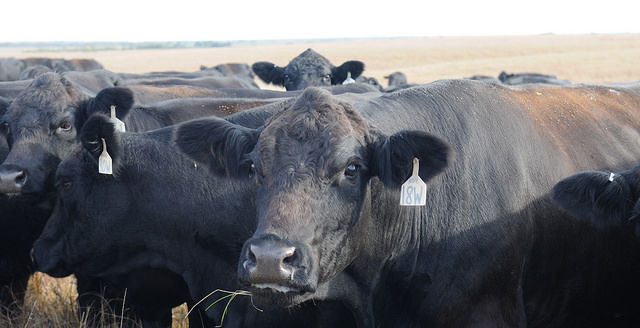“Limited resources and high input prices dictate that cattle producers need to be efficient in management of their cattle operation,” says Patrick Davis MU Extension Livestock Field Specialist. Therefore, Davis will discuss why early pregnancy checking and culling open replacement heifers should be done for optimum beef cattle operation productivity and profitability.
“Culling heifers that did not conceive during their first breeding season will promote optimum reproductive efficiency in the cattle operation,” says Davis. University of Georgia Cooperative Extension Bulletin reported that heifers that did not conceive during their first breeding season and were kept have an 55% average lifetime calf crop. Therefore, Davis urges cattle producers to cull these open heifers to promote optimum reproductive efficiency in the cattle operation.
“Open heifers need to be marketed to the feedlot by approximately 18 months of age to get optimum salvage value,” says Davis. Heifers that enter the breeding season at approximately 14 months should be approximately 18 months at pregnancy check time and can still be marketed to meet the choice grade. If culling is delayed and heifers are marketed later their value may be reduced due to inability to reach the choice grade. Therefore, Davis urges early pregnancy checking and marketing the open heifer within that 18-month window for optimum cattle operation profitability.
“Culling these open heifers also makes more feed resources available to cattle that will be producing calves in the coming year,” says Davis. With limited feed resources it is important to feed bred heifers that will provide the cattle operation return. Davis urges cattle producers to cull these heifers that did not conceive in their first breeding season because feeding them is wasting money and negatively affecting the bottom-line of the cattle operation.




